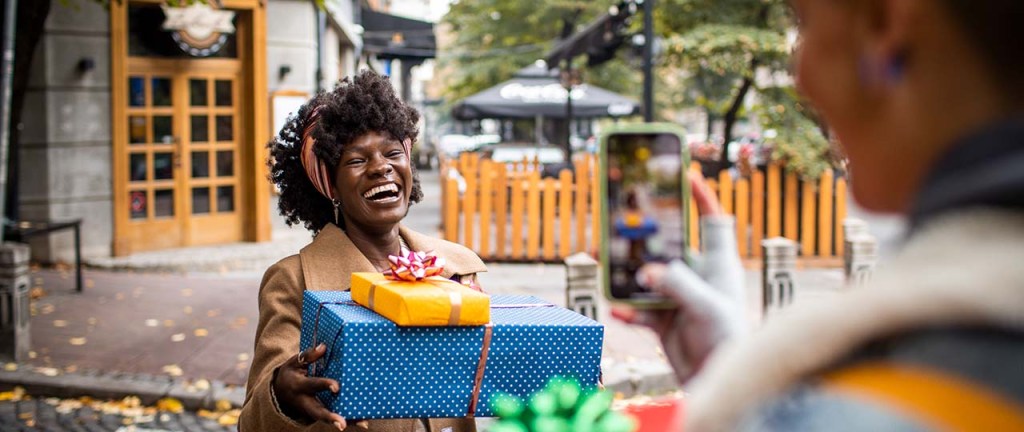Is Amazon Prime Day untouchable?
NielsenIQ research captured shopper behavior and needs in Australia, Germany, Italy, Japan, Mexico, the United Kingdom, and the United States. On average, 60% of those countries’ Amazon members stated they had shopped on Amazon Prime Day, with Mexico and Italy posting a remarkable 73% participation. About 76% of the shoppers were already Amazon members, with 20% of the shoppers purchasing full-time memberships for the event and 4% buying single-day memberships. In measuring how satisfied they were with their experience, Amazon delivered an 83% T2B score, with these shoppers rating their experience as “very satisfied.”
Clearly, Prime Day is an overwhelming success for Amazon. However, we wanted to understand if that meant Amazon had effectively locked up those shoppers, if there are opportunities for its prime day competitors, or perhaps in a more provocative viewpoint, whether Amazon’s competitors could ignore the event as an “Amazon thing.” To determine answers for each of these scenarios, we leveraged our Digital Shopper solution to better understand digital shopper behavior in Amazon’s most established market, the United States.
Our digital shopping analysis confirmed Amazon was not only generating its own business but also was providing motivation for its shoppers to visit its competitors. Walmart, Sam’s Club, and Target generated nearly twice as many visits on Prime Day among the Amazon Shoppers compared to those shoppers’ prior two-week behavior.
Prime Day is creating unexpected opportunities for its competitors
Shopper product display page (PDP) activity is an indicator of shopper interest and research behavior as they “click-through” to digital product descriptions, pictures, and other retailer online materials. Shopper’s PDP for at least one product was 58% on Prime Day, representing about a 38% increase over the 42% PDP rate observed in the days before the study. Shoppers typically did not start their trip with a search engine like Google but more often went directly to the retailer sites to begin their product search. The broader research confirmed that on average, 75% of shoppers expect their country’s retailers to create competing promotions to counter Prime Day. Japan’s shoppers are the most demanding, with 88% of shoppers desiring a full market Amazon response.
With this new understanding of where online shoppers were spending, we sought to highlight what they were shopping for, how the purchase fit into the shopper trip repertoire, and the category price and promotion desires. Across all countries studied, shoppers pursued two different strategies to take advantage of Prime Day, which included actively searching for durable goods purchases in key categories (i.e., personal electronics, fashion and apparel, books, and entertainment) and consumables (i.e., beauty/personal care and groceries/food and beverages). Shoppers searched most aggressively for “deals” on durable goods while also seeking to take advantage of consumable offers for their normal shopping needs.
Typically, 50% to 75% of durable purchases are pre-planned across the categories we evaluated. Looking for a “lower price” drives the purchase 40% to 50% of the time and “gift/treat myself” at about half that percentage. The beauty and personal care product purchases were split nearly 50/50 between pre-planned and deciding during the event. A lower price was still the prime motivator roughly 40% of the time and shoppers also noted they were “stocking” up 20% of the time. Groceries were more pre-planned at 60%, with a similar split of lower price and stocking up as beauty.
Amazon Prime Day presents a powerful selling opportunity for manufacturers and retailers both inside and outside of Amazon. Case in point is the onslaught of early Black Friday promotions being unleashed by a variety of major retailers in recent weeks, including Best Buy, Kohl’s, Target, and Walmart, the latter of which has refreshed its “Black Friday Deals for Days” for 2021. Like last year, Walmart will spread out its Black Friday savings to three events throughout November. Each event will begin online at Walmart.com and continue with the same deals in Walmart stores. Walmart is working hard to deepen its Walmart+ members loyalty providing them with special early access to shop each of the three event’s hot daily deals four hours earlier than non-Walmart+ shoppers.

Unlock Prime intelligence access
For more information on the full NielsenIQ Prime Day and Black Friday studies, contact your NielsenIQ representative or click to learn more below.
Forewarned is forearmed
While its competition has steadily intensified, there is no denying that Amazon’s impact is real. We recommend developing a by-category promotion strategy during Amazon’s promotional events. Our research further captured insights at country and category levels on what discounts were most desirable and shoppers’ willingness to flex delivery timing as part of the overall offer.
Data included in this commentary were derived from a recent custom NielsenIQ survey and a NielsenIQ U.S. Digital Shopper Study.



